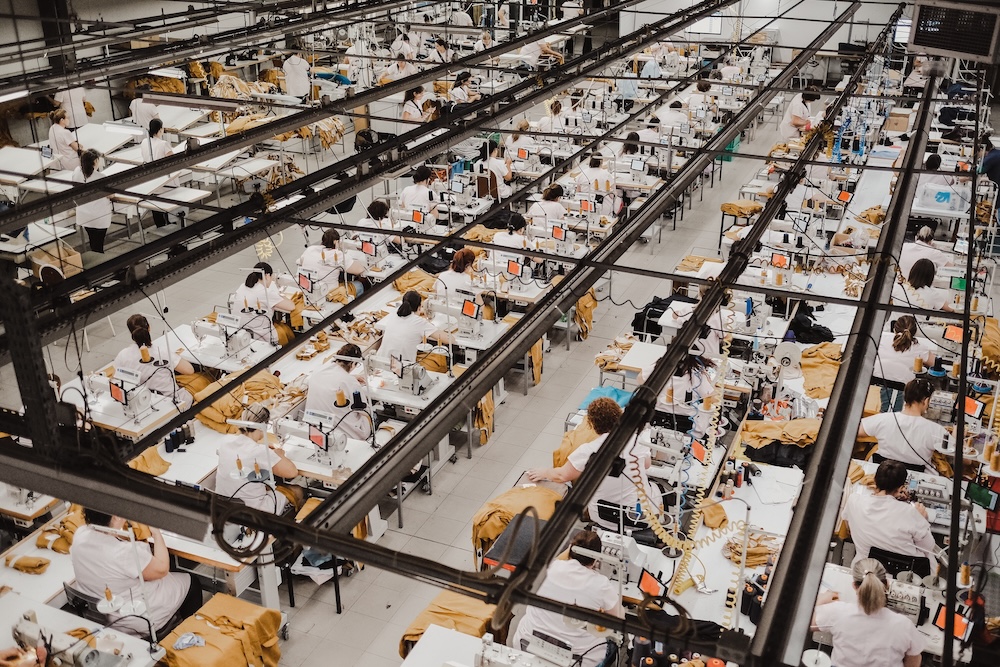We live in an age defined by convenience.
Everything we want — food, fashion, electronics, entertainment — arrives faster, cheaper, and easier than ever before.
But the price we pay at the register is not the real cost. The true price of convenience is hidden — in polluted rivers, exploited workers, dying forests, and a warming planet.
Cheap is not a bargain. It’s a burden — displaced from one part of the world to another, from this generation to the next.
The Illusion of “Affordable”
When something seems too cheap to be true, it is.
Low prices often come from cutting corners in places we don’t see:
- underpaid labor,
- resource depletion,
- mass production that ignores waste,
- pollution hidden from consumer view.
What we call “affordable” often means someone else — or something else — is paying the difference.
The Math of Exploitation
- The UN Environment Programme estimates that 60% of global greenhouse gas emissions are tied to household consumption.
- The World Bank reports that the fashion industry alone produces 10% of global emissions and 20% of global wastewater.
- More than 80 billion garments are produced annually — 400% more than two decades ago.
We aren’t consuming more because we need more. We’re consuming more because it’s designed to be easy — and disposable.
Every item that costs less than it should leaves a deficit somewhere else: in the environment, in human dignity, or in the resources of tomorrow.
The Supply Chain We Don’t See
A $10 T-shirt doesn’t cost $10.
Its journey stretches across continents — from cotton fields irrigated by drought-stricken rivers to dye houses discharging toxic wastewater into streams, to factories where workers earn less in a day than the shirt sells for.
That hidden chain has an environmental footprint that far outweighs the product’s worth.
- 1 cotton T-shirt requires roughly 2,700 liters of water — enough for one person to drink for two and a half years (WWF).
- Textile dyeing is the second-largest water polluter on Earth.
- The energy used to manufacture one pair of jeans emits nearly 30 kilograms of CO₂ equivalent (Levi’s Life Cycle Assessment).
And when we discard these items, the cycle continues — exported as waste to countries with fewer resources to manage them.
Cheap items don’t disappear. They just change coordinates.
The Cost of “Fast Everything”
The pursuit of speed has reshaped entire industries.
Fast fashion, fast food, fast tech — all feed the same unsustainable rhythm of production and replacement.
- In the electronics industry, over 50 million metric tons of e-waste are generated each year. Only 17% is formally recycled (Global E-Waste Monitor, 2023).
- The average smartphone requires 34 kilograms of raw materials to produce, and emits around 70 kilograms of CO₂ before it’s even turned on.
- Food waste accounts for 8–10% of global greenhouse emissions, while one-third of all food produced is never eaten.
Convenience has turned consumption into reflex. And reflex, unchecked, becomes destruction.
The Human Cost
Every cheap product has a human story attached to it — often one of exhaustion, underpayment, or invisibility.
Garment workers in Bangladesh earn as little as $75 per month, assembling clothes that retail for hundreds in wealthier countries.
E-waste recyclers in Ghana handle toxic metals with no protective equipment.
Communities near industrial zones breathe the price of our “free shipping.”
When we disconnect price from ethics, we disconnect consumption from compassion.
What We’re Really Paying For
The planet is absorbing the cost of our convenience:
- Deforestation for palm oil, soy, and beef.
- Microplastic pollution from cheap synthetic textiles.
- Carbon emissions from global shipping and energy-intensive production.
The OECD warns that global material consumption has more than tripled since 1970 — and could double again by 2060.
We are consuming the Earth faster than it can recover, not because we lack alternatives, but because it’s easier not to think about them.
The Hidden Economy of Repair, Reuse, and Respect
Convenience thrives on replacement. Consciousness thrives on repair.
Every time we fix, borrow, or buy secondhand, we weaken the system that profits from waste.
Circular economies — where products are designed for longevity, repairability, and reuse — are not a fantasy. They are the only viable future.
- Extending the life of a product by just 9 months can reduce its environmental footprint by 20–30% (WRAP UK).
- Repairing instead of replacing saves not only money, but also the embedded energy and water within every product.
Conscious consumption is not about living with less — it’s about living with enough.
How to Rethink “Cheap”
- Ask who pays. If the price is low, the cost is likely externalized.
- Choose longevity. Buy fewer, better-made products — ideally from transparent brands.
- Support circular systems. Rent, swap, or repair instead of replace.
- Reframe value. Cheap costs more when it harms the world it came from.
Convenience is addictive because it feels effortless. Consciousness requires effort — but effort is what rebuilds trust between people and planet.
Final Thoughts
We’ve been sold a story: that progress means faster, cheaper, newer.
But true progress isn’t convenience — it’s consequence.
Every dollar we spend is a vote for the kind of world we want.
When we spend with awareness, we begin to rewrite the system that made “cheap” normal in the first place.
Convenience built this crisis. Consciousness can end it.









Reader Interactions